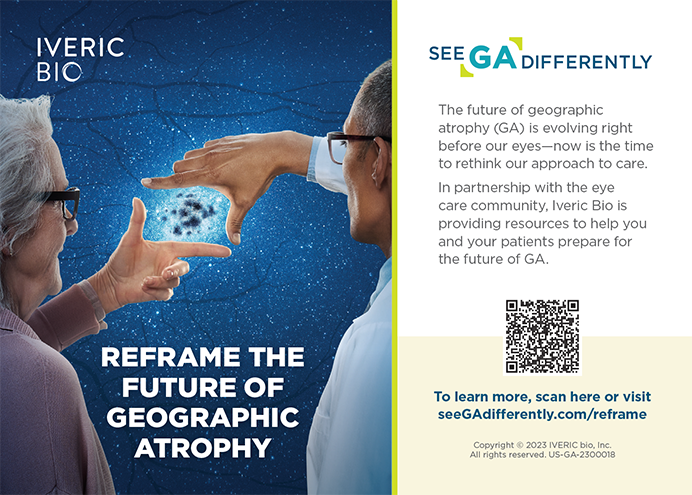Recent natural disasters have caused us to extend our hearts to those experiencing catastrophe on the opposite end of the globe. In the spirit of worldly citizens, this month, we travel around the world (and the continental United States) to explore the cutting edge of ophthalmic surgery. We begin in Brazil with a review of a new microkeratome for sub-Bowman’s keratomileusis, travel across the Atlantic to Armenia for the humanitarian use of the iStent (Glaukos Corp., Laguna Hills, CA; not available in the United States) to treat glaucoma, and then back to California and the heartland of the United States for opinions on laser cataract surgery and LASIK.
BRAZIL
Renato Neves, MD, reviews his technique for the Moria One Use-Plus (Moria, Antony, France) disposable microkeratome for sub-Bowman’s keratomileusis as an alternative to the femtosecond laser. He demonstrates the unit’s assembly and his work with the microkeratome, and he shares a few surgical pearls (Figure 1) (http://eyetube.net/?v=sisuh).
ARMENIA
Eric D. Donnenfeld, MD, and Kerry D. Solomon, MD, take viewers to Armenia in their heart-warming video showing how they have helped make a difference in an economically challenged country. This minidocumentary demonstrates their use of the iStent to help surgically treat glaucoma patients (Figure 2) (http://eyetube.net/?v=rikid).
THE UNITED STATES
Is the excitement regarding laser cataract surgery warranted? In ”Sex, Lies, and Videotape,” Shareef Mahdavi reviews the US market and notes that there are 3.3 million cataract surgeries and 800 laser vision correction procedures performed annually. Admittedly, the marriage of both does create excitement! Mr. Mahdavi has data-driven answers to some questions, while he poses others, including the following. Will patients pay more for this procedure if they deem it safer and better? How are patients today different than patients 20 years ago? Do patients feel comfortable paying for elective surgical procedures? How are baby boomers different from other demographic segments?
Mr. Mahdavi urges cataract surgeons to focus their attention on the quality of the patient’s experience and how that experience may be positively affected by laser cataract surgery. He presents his slides in a “Pecha Kucha” style, spending 20 seconds on each of 20 slides for a total presenting time of 6 minutes and 40 seconds (http://eyetube.net/?v=sinan).
Daniel Durrie, MD, reviews his experience with the Femto LDV Crystal Line femtosecond surgical laser (Ziemer Group, Port, Switzerland). He reports less of an opaque bubble layer, improved speed (with a cutting time of less than 15 seconds), and better precision on the side cuts based on his experience with other femtosecond lasers. Dr. Durrie also elaborates on his experience using the Femto LDV to make a pocket for corneal intrastromal inlays (http://eyetube.net/?v=dofub).
We close out this month’s column in the City of Angels with Uday Devgan, MD, FRCS(Glasg). He demonstrates how to create a central continuous curvilinear capsulorhexis with a reproducible diameter using his rhexis forceps (http://eyetube.net/?v=gipee).
We hope that you have all enjoyed this month’s whirlwind trip around the world. We share your sentiments in keeping our Japenese colleagues, friends, and family foremost in our thoughts.
Section Editor Elena Albé, MD, is a consultant in the Department of Ophthalmology, Cornea Service, Istituto Clinico Humanitas Ophthalmology Clinic, Milan, Italy. She acknowledged no financial interest in the products or companies mentioned herein. Dr. Albé may be reached at +39 0331 441721; elena.albe@gmail.com.
Section Editor Richard M. Awdeh, MD, is the director of technology transfer and innovation and an assistant professor of ophthalmology at the Bascom Palmer Eye Institute in Miami. He acknowledged no financial interest in the products or companies mentioned herein. Dr. Awdeh may be reached at (305) 326-6000; rawdeh@med.miami.edu.
Section Editor William B. Trattler, MD, is the director of cornea at the Center for Excellence in Eye Care in Miami and the chief medical editor of Eyetube.net. He acknowledged no financial interest in the products or companies mentioned herein. Dr. Trattler may be reached at (305) 598-2020; wtrattler@earthlink.net.


